
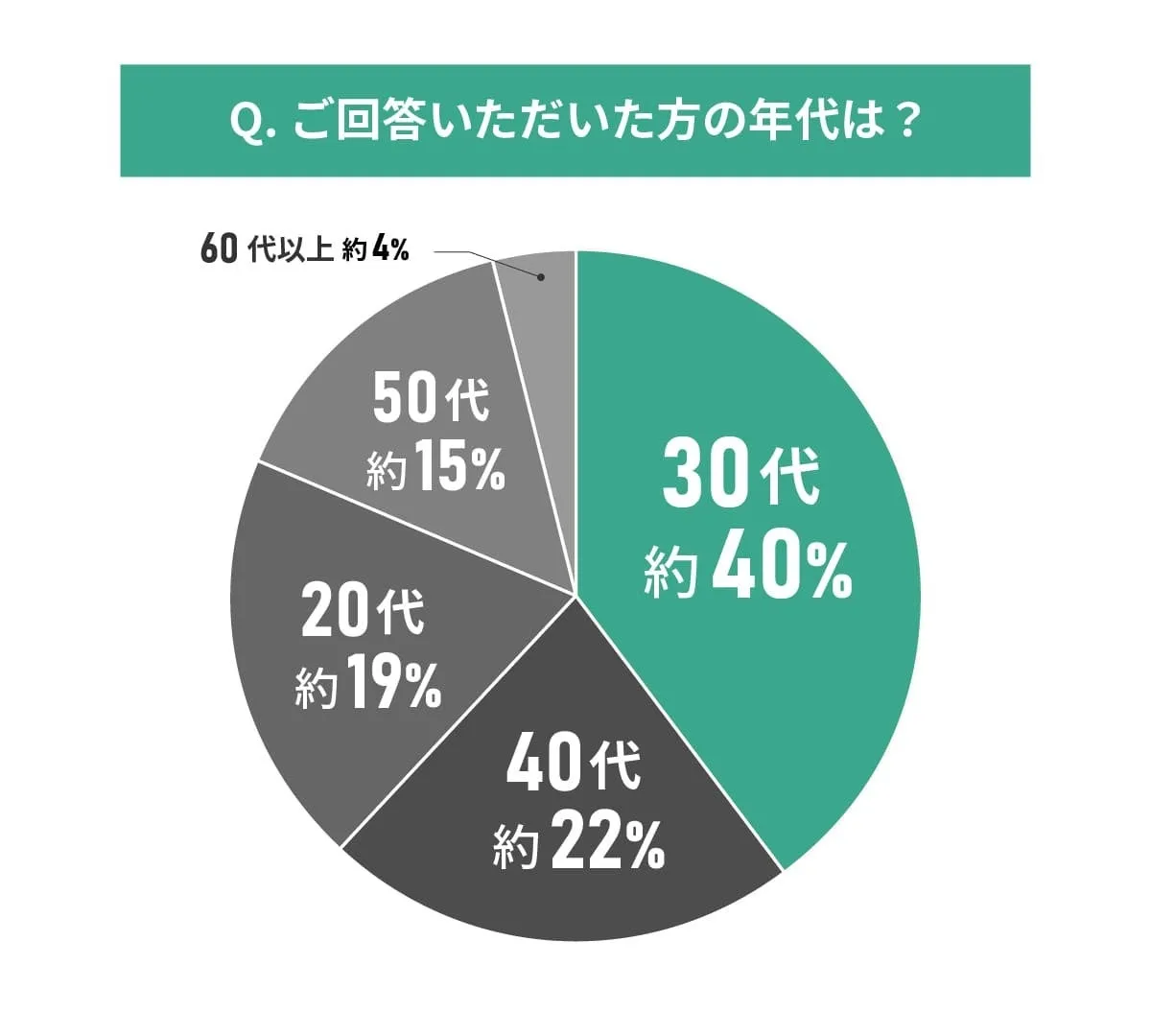
Exploring the Living Satisfaction in Itabashi-ku: A Comprehensive Survey on Resident's Views
Exploring the Living Satisfaction in Itabashi-ku: A Comprehensive Survey on Resident's Views
Itabashi-ku, located in the western part of Tokyo's 23 wards, is known as a residential area that balances urban living and quiet neighborhoods. Recently, a survey was conducted to gauge the satisfaction levels of its residents regarding various aspects of life in Itabashi. This article outlines the findings from this comprehensive survey, focusing on key areas such as transportation, safety, amenities, and overall quality of life.
The Survey Details
This survey was jointly carried out by MEMOCO and the content production company Sumanara, targeting a sample of 108 residents of Itabashi-ku, comprised of 43 men and 65 women. The survey aimed to capture the nuances of living in this vibrant Tokyo neighborhood, covering various demographics, including individuals from their 20s to their 60s and above.
Respondent Demographics
- - Age Groups:
- 30s: Approximately 40%
- 40s: Approximately 22%
- 50s: Approximately 15%
- 60s and above: Approximately 4%
- - Gender Breakdown:
- Male: Approximately 40%
Transportation Satisfaction
When asked about transportation efficiency, a significant portion of respondents rated this aspect positively. Approximately 36% expressed high satisfaction, while around 56% were somewhat satisfied, reflecting a strong appreciation for the accessibility of multiple train lines, including the Mita Line, Tobu Tojo Line, and JR Saikyo Line.
Comments included sentiments like, "Access to the city center is excellent," and, "It takes about ten minutes to get to Ikebukuro," highlighting its convenience for commuters and shoppers alike. Additionally, many also praised the frequency of bus services in the area, noting the convenience of local circular bus routes. However, some expressed concerns regarding certain train disruptions caused by accidents and accessibility issues in less central areas.
Quality of Life
Satisfaction levels about daily life in Itabashi were similarly high, with approximately 33% of respondents extremely satisfied. Many appreciated the abundance of supermarkets, stating that having multiple options nearby made grocery shopping easy and affordable. Some highlighted local shopping streets like Happy Road in Oyama that cater to essential shopping needs.
Nonetheless, there were complaints about the limited variety of clothing and footwear stores and a trend of shops closing earlier than anticipated, reflecting a balance between convenience and some signs of retail limitations.
Cost of Living
When discussing the cost of living, opinions were divided. About 10% of respondents were very satisfied, while a notable 27% expressed dissatisfaction primarily regarding grocery prices, suggesting that many items were perceived to be high priced compared to other similar districts. However, some residents found prices in Itabashi relatively lower than central Tokyo, leading to mixed sentiments about the overall cost of living, especially regarding food expenses that seemed high across the country.
Entertainment and Commercial Facilities
Satisfaction regarding entertainment and commercial facilities revealed a more critical perspective. While 22% of respondents were very satisfied due to the proximity to larger shopping areas like Ikebukuro, others noted that Itabashi itself lacks sufficient entertainment options such as movie theaters or youth-centric venues.
Residents pointed out that while there were some commercial facilities like Aeon and Round1 available in the area, the overall lack of variety often necessitated venturing out of the district for entertainment.
Safety and Security
In terms of safety, perceptions remained generally positive. Nearly 19% reported being very satisfied with the safety in Itabashi, emphasizing the family-friendly environment characterized by quiet neighborhoods and a notable absence of serious crime. Comments reflected a sense of community, with residents feeling secure in their surroundings, although some did mention disturbances like noise and an increase in transient populations.
Natural Disaster Preparedness
Residents rated Itabashi's safety against natural disasters highly, with many citing geographical advantages such as a strong soil base and neighborhood prevention strategies. The survey indicated a general awareness and appreciation for disaster preparedness efforts, though some voiced concerns about being near the Arakawa River and the implications it may have.
Overall Living Satisfaction
In summary, the satisfaction levels of living in Itabashi are commendable, with 98% of respondents expressing either high or moderate satisfaction. Residents particularly noted the area’s excellent balance of urban proximity and quiet residential vibes, alongside its suitability for families.
Though not without shortcomings, such as the perception of high costs and fewer entertainment facilities, many still regard Itabashi as an attractive option for those desiring both city access and a peaceful living environment. The survey results indicate a positive trend among community members, illustrating Itabashi-ku as a desirable location within Tokyo for both individuals and families.
This comprehensive survey sheds light on the intricate dynamics of life in Itabashi-ku, providing valuable insights for potential residents.
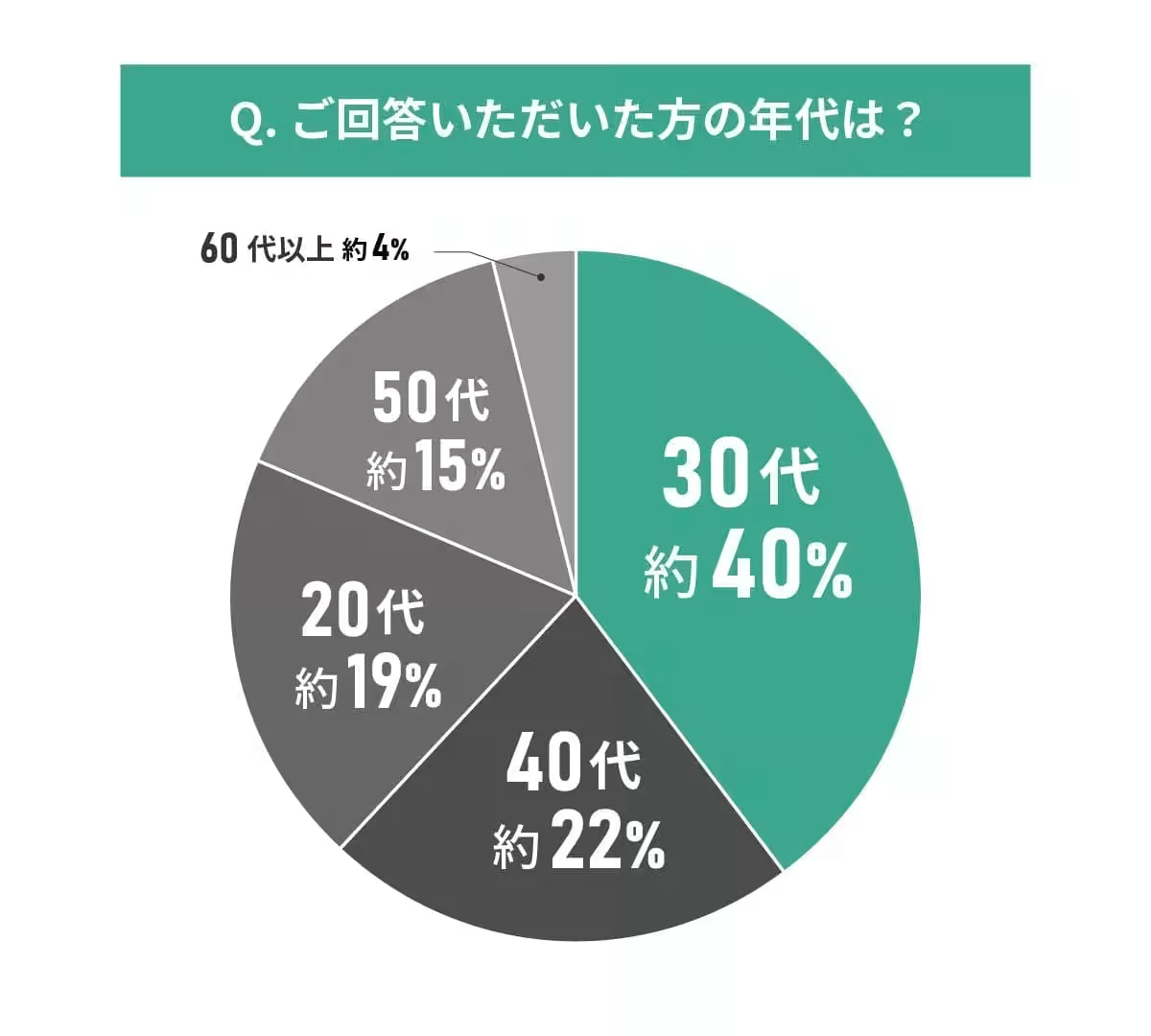
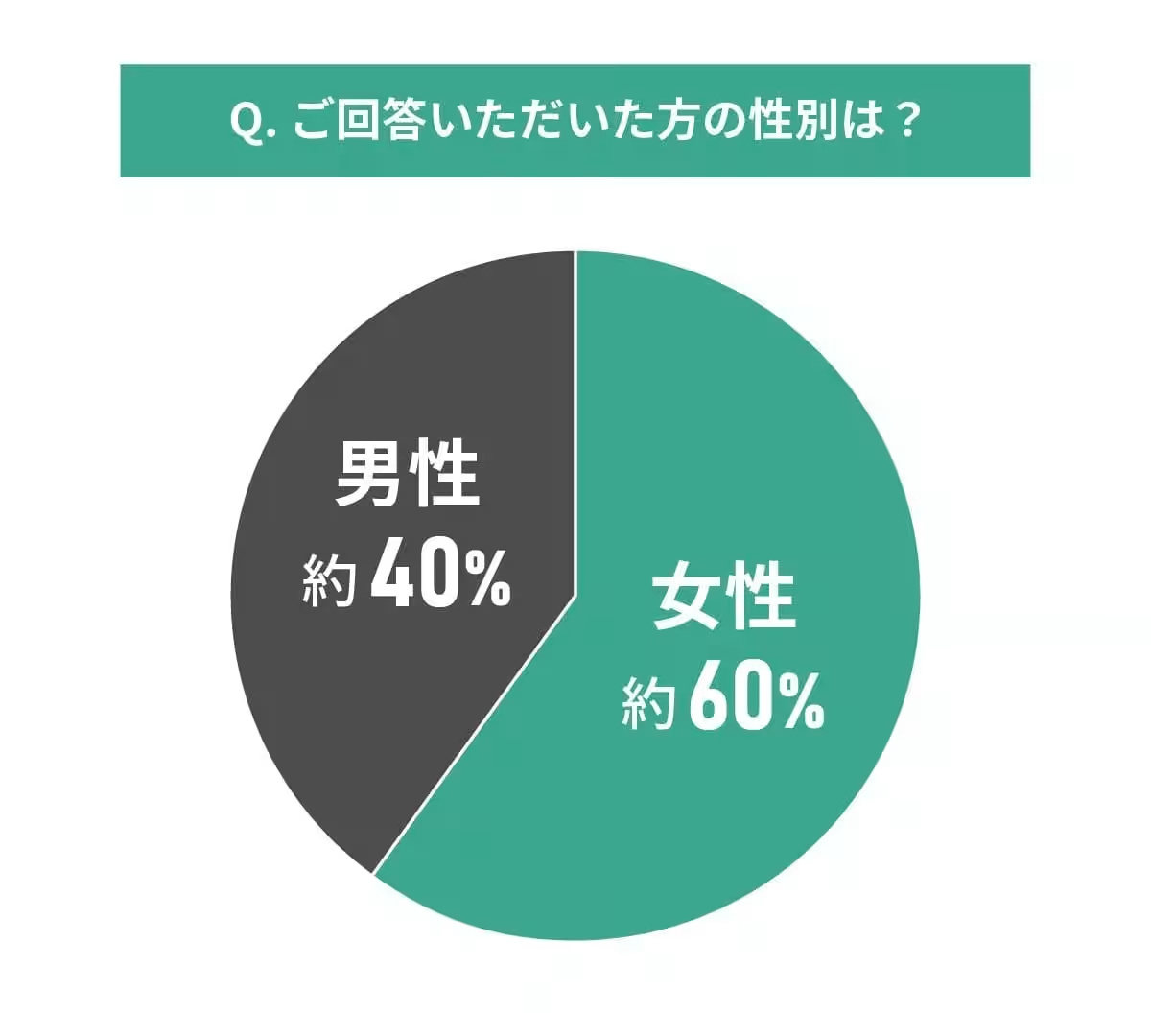
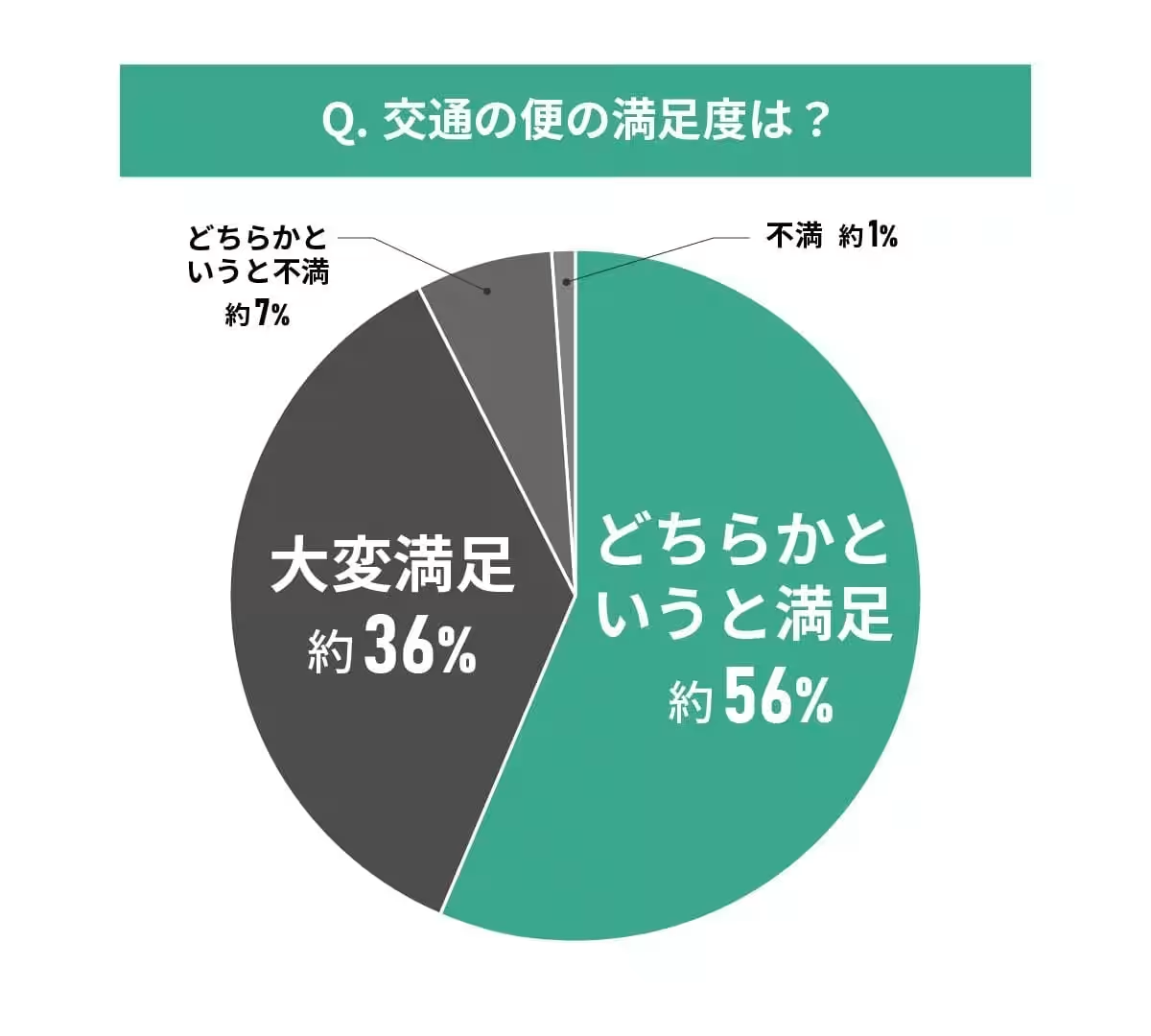
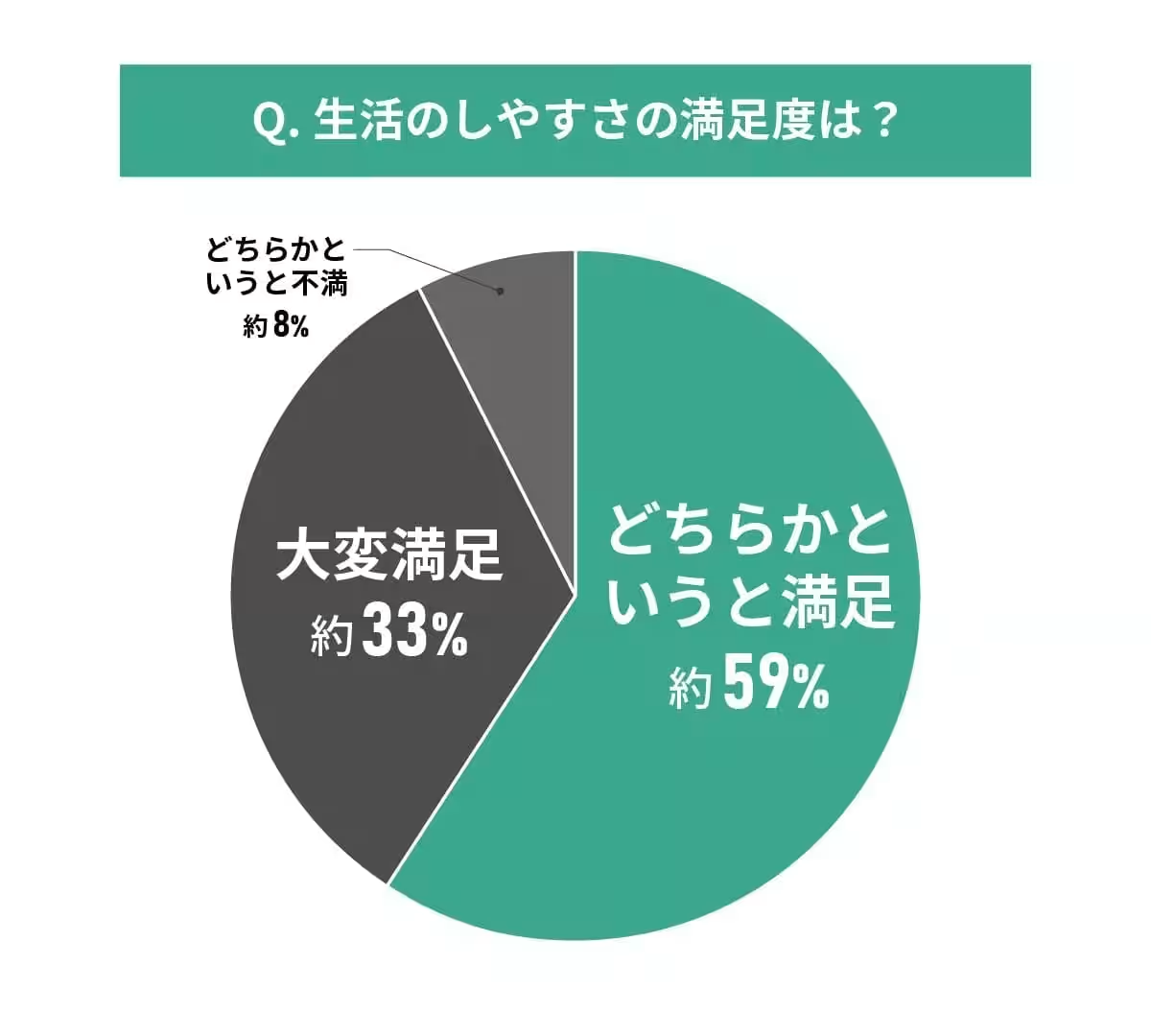
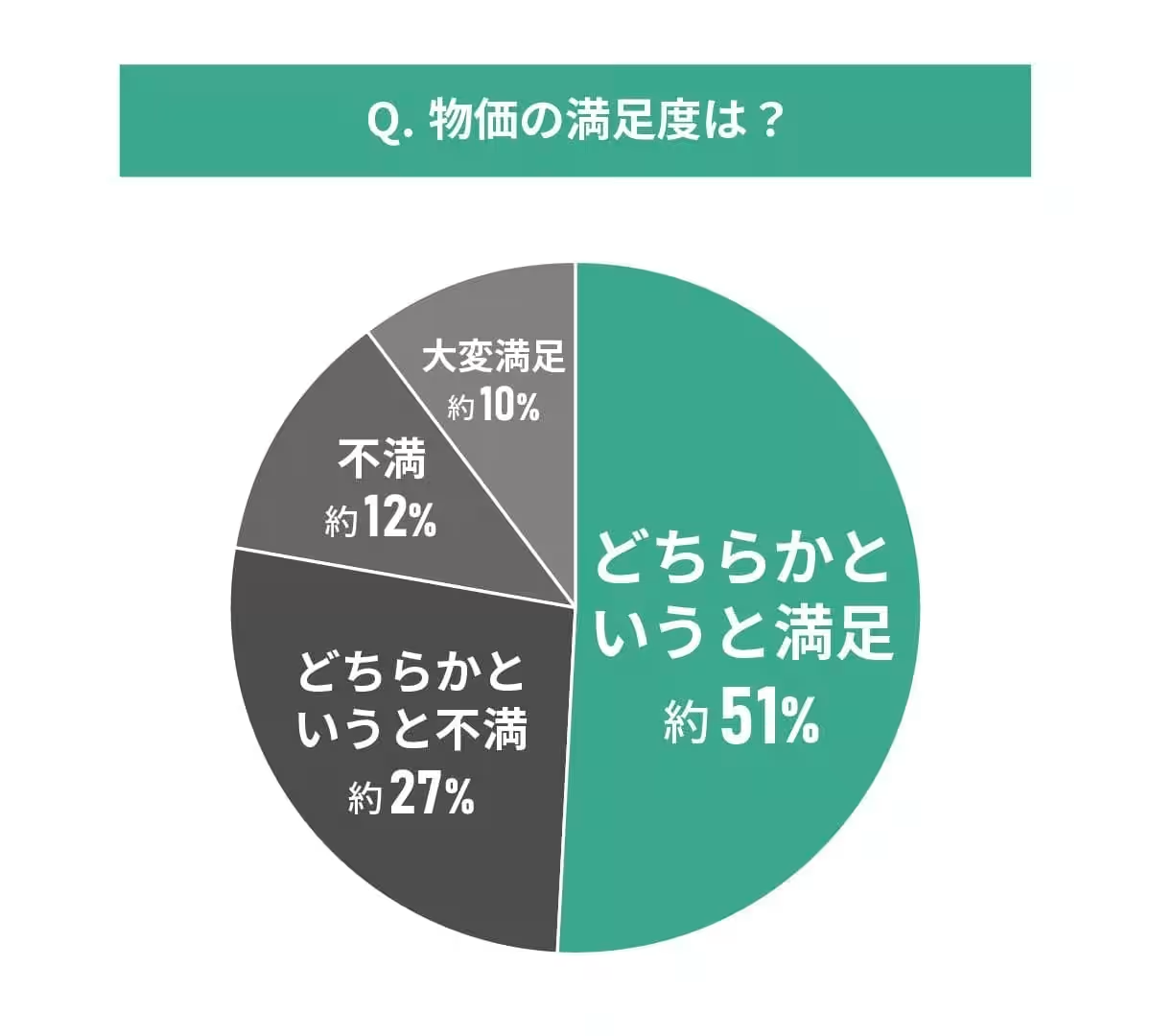

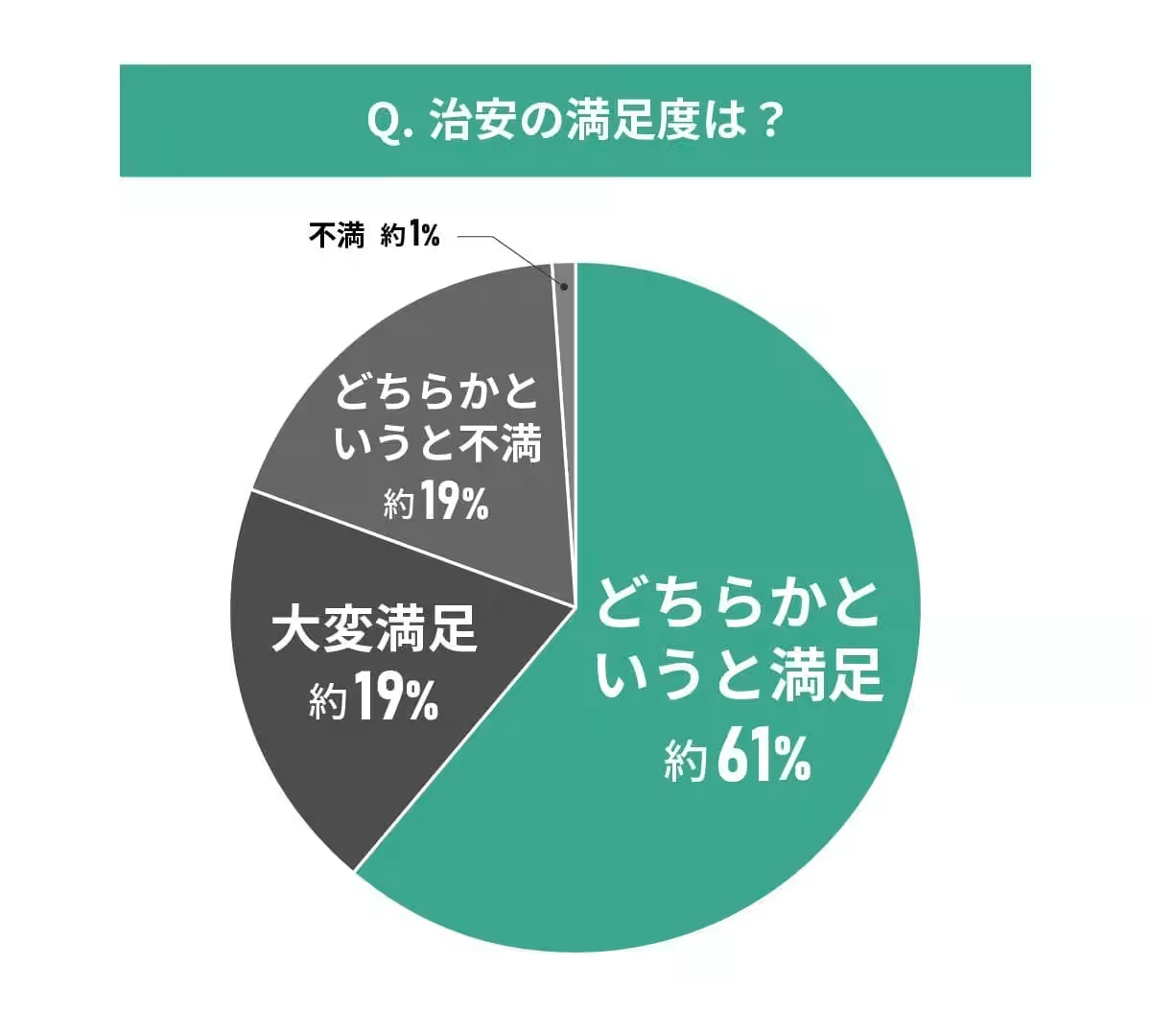


Topics People & Culture)










【About Using Articles】
You can freely use the title and article content by linking to the page where the article is posted.
※ Images cannot be used.
【About Links】
Links are free to use.